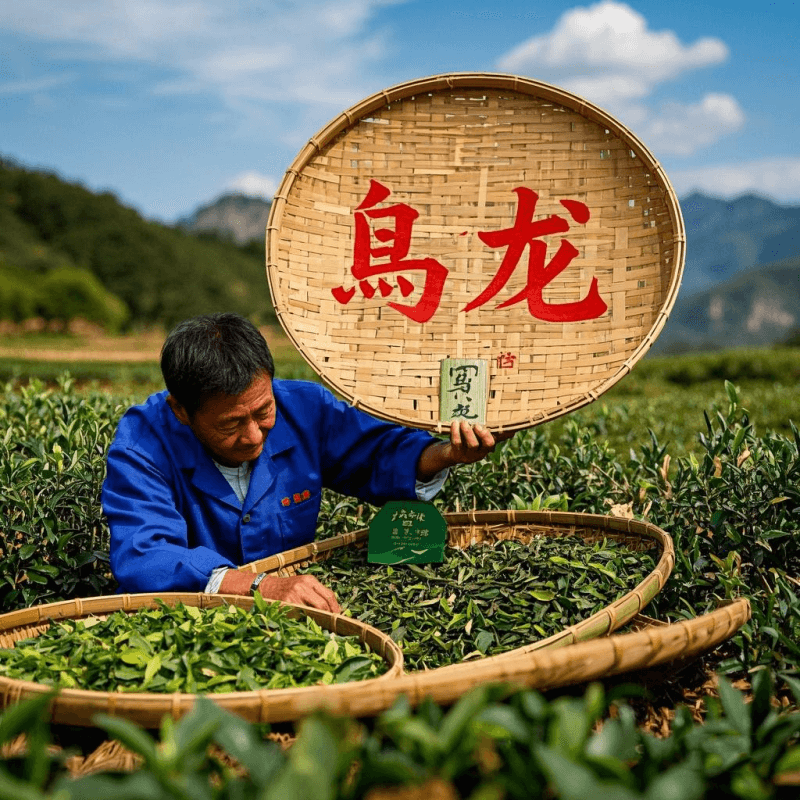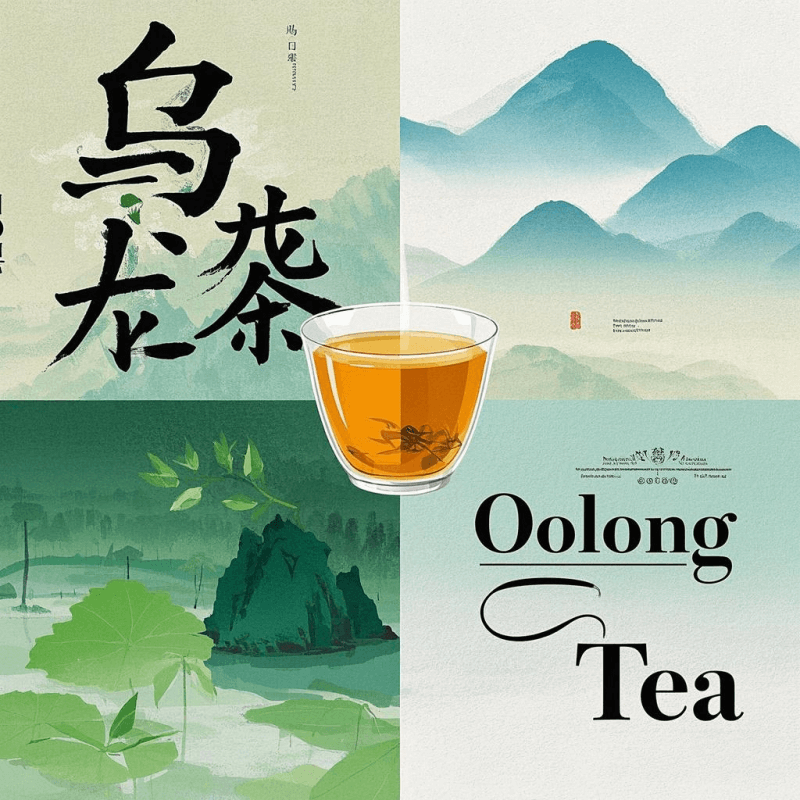
1. Introduction: Why Oolong Tea Translation Matters in a Global Context
In the interconnected world of today, the translation of this unique semi – fermented Chinese beverage, oolong tea, has become a crucial aspect of cultural and commercial exchange. As reported by the International Tea Committee, the global sales of this beloved tea have witnessed a remarkable 30% increase over the past five years. This growth not only reflects the beverage’s rising popularity but also the growing interest in oolong tea translation. The way oolong tea is translated influences how consumers around the world perceive it, affecting both its cultural representation and marketability. It’s more than just changing words; it’s about conveying the essence, history, and traditions associated with this special brew.
2. The Etymology of “Oolong Tea”: From Chinese Characters to Romanization
The origin of the term “ tea” is deeply rooted in Chinese culture. Derived from the Chinese characters ,meaning “black dragon,” the name of this tea is surrounded by legend. One story tells of a tea farmer who, after a long day of work, accidentally left tea leaves to oxidize. When he processed these leaves later, he discovered a new type of tea with distinct flavors, and thus this unique beverage was born. The “black dragon” name symbolizes the dark, twisted appearance of the tea leaves and the transformative process from leaf to cup.
Translating “ tea” into English was a challenge that required balancing literal and cultural meaning. The Romanization system standardized the translation as “oolong,” which is now widely recognized. However, this simple translation fails to fully capture the rich cultural connotations of the original Chinese characters. To truly understand oolong tea translation, one must explore the historical and cultural significance behind these characters, which embody traditional Chinese values and aesthetics. For those interested in exploring the roots of this tea, you can discover the origins of oolong tea through its unique translation history at(https://yiheteas.com/product/oolong – tea/).
3. How Oolong Tea Translation Reflects Cultural and Linguistic Shifts
Oolong tea translation has evolved over time, mirroring cultural and linguistic changes. In the 19th century, when this Chinese beverage entered Western markets, translations like “Formosa tea” (referring to Taiwan, a major producing region) were used to emphasize its exotic nature. These translations, while attracting Western consumers, often obscured the tea’s true cultural identity.
Today, there is a shift towards more authentic oolong tea translation. Modern tea brands are recognizing the importance of preserving the cultural heritage of this semi – fermented drink in their translations. For example, “rock tea,” a type of oolong tea from the Wuyi Mountains, is frequently referred to by its Chinese name in international markets. This approach not only highlights the unique terroir and production methods but also allows consumers to connect more deeply with the tea’s cultural roots. As Tea Journey Magazine points out, this trend has increased consumer interest in the cultural background of oolong tea by 25%.
4. Regional Interpretations: Oolong Tea Names Across Asia and the West

Across Asia and the West, this Chinese tea is known by different names, each reflecting regional cultural and linguistic preferences. In Japan, oolong tea is called “ウーロン茶” (ūron – cha), a phonetic adaptation that acknowledges its Chinese origin. This translation makes the beverage accessible to Japanese consumers while maintaining a connection to its cultural heritage.
In contrast, some European countries translate oolong tea as “semi – oxidized tea,” focusing on the production process. This technical translation appeals to consumers interested in the science behind tea – making. These regional differences in oolong tea translation not only shape how the tea is perceived but also influence local tea – drinking cultures, creating diverse ways of enjoying and appreciating this versatile beverage.
5. How Accurate Translation Affects Tea Appreciation and Understanding
Accurate oolong tea translation is essential for enhancing consumers’ appreciation and understanding of the beverage. A well – translated name can provide insights into the tea’s origin, flavor, and cultural significance. For instance, “Da Hong Pao” , a famous variety of this tea, is translated as “Big Red Robe,” which hints at its legendary story. According to legend, a scholar cured of an illness by the tea draped a red robe over the tea bushes, giving the tea its name. This translation enriches the tea – drinking experience by connecting it to a cultural narrative.
On the other hand, poor translations can lead to misunderstandings. Literal translations may fail to convey the cultural nuances, while mistranslations can mislead consumers about the tea’s taste and quality. As [Healthline](https://www.healthline.com/nutrition/oolong – tea) notes, understanding oolong tea translation helps consumers make informed choices, ensuring they select the right type of this beverage that suits their preferences. If you want to browse authentic oolong tea rooted in centuries – old Chinese tradition, visit (https://yiheteas.com/product/oolong – tea/).
6. Oolong Tea in Global Markets: Branding, Packaging, and Language
In the global marketplace, oolong tea translation plays a vital role in branding and packaging. Tea companies use translation strategically to appeal to different consumer segments. For health – focused brands, translations might emphasize the antioxidant properties and other health benefits of this semi – fermented beverage. Luxury brands, on the other hand, may focus on the heritage and craftsmanship of the tea in their translations.
Packaging design also incorporates oolong tea translation to create a cohesive brand image. Chinese calligraphy, traditional patterns, and bilingual labels are commonly used to communicate the tea’s cultural identity. By investing in effective oolong tea translation and packaging, brands can stand out in the market and offer consumers a more immersive tea – drinking experience. To explore our premium oolong tea crafted with linguistic and cultural care, check out
7. Conclusion: A Cup of Tea, A Bridge Between Languages
In conclusion, oolong tea translation is a journey that intertwines language, culture, and commerce. From its Chinese origins to its global presence, each translation of this beloved beverage tells a unique story. Understanding oolong tea translation not only deepens our appreciation for the drink but also enhances our understanding of cultural exchange in the modern world.
Whether you’re a tea lover, a language enthusiast, or a curious consumer, oolong tea and its translation offer a rich tapestry of experiences. To learn how oolong tea translation bridges cultures through flavor, . Let every cup of this exceptional tea be a bridge that connects us across languages and cultures, inviting us to explore the diverse world of tea.
Unravel the story of oolong tea through its translation. Explore how oolong tea translation shapes cultural understanding, regional interpretations, and global markets. Click to discover more.
